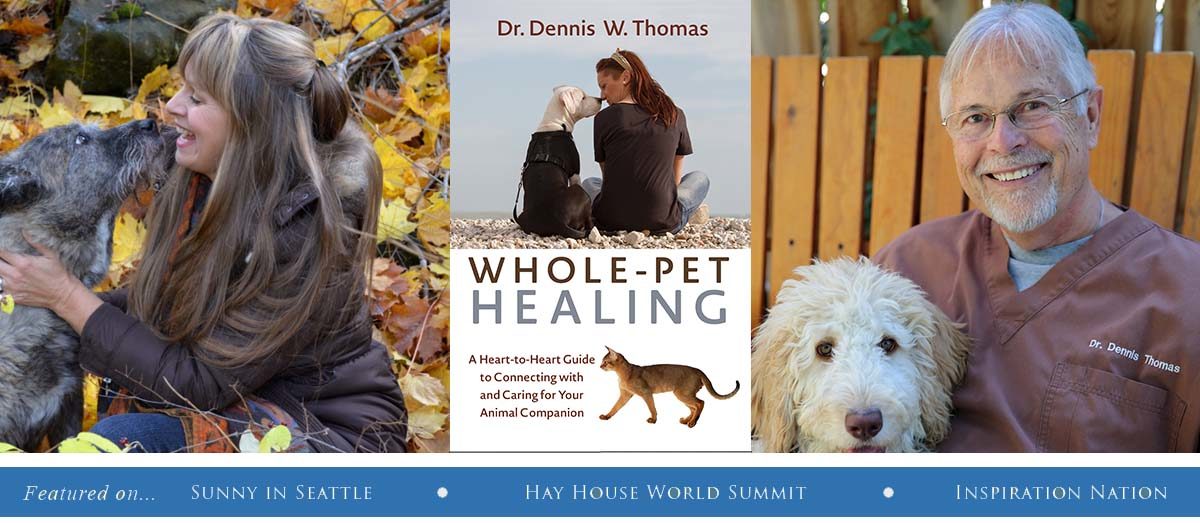“Hello. I am Dr. Whitecoat. I am certainly happy that you would choose to come to our veterinary hospital. We are aware that there are many other hospitals in the area, and we are grateful to have the opportunity to help you with your pets.”
“You know, I have been a vet for a long time and I have seen a lot of pets over the years. We have had great success with our diagnostic abilities and treatment protocols and if you check our website, you will find several testimonies that will help you if you have any doubts. I am here to help you with preventative care for your pets as well as treating them when they are ill. We have top of the line equipment, the latest surgical and dental tools and keep up with the most current veterinary protocols available. We are very happy that you are here.”
Sound a bit familiar? Probably so. Let’s look at another hypothetical scenario.
“Hello. I am Dr. Whitecoat. I welcome you to our veterinary hospital. As you probably know, we have been here a long time and I have seen many pets over the years. I am here to help you in any way I can.”
“You know, when I really think about what I can do for your pets, I realize that, if I looked at the truth of the matter, I would see it differently. I spent a lot of years in school to learn about animals and how they function. I learned anatomy, physiology and much more, but my schooling didn’t really prepare me for the practice world. Yes, it gave me a great foundation for understanding, but now that I think about it, I see there are some problems.”
“When you bring your pet to me for recommendations and treatment, I now realize that I have been a bit misled. If you ask me about how to feed your pet, I now realize that the information that I would have typically given you came directly from the pet food industry. Hmmm. If you ask me what I recommend for vaccinations, I now know that the information that I was given for those protocols came from the companies that made the vaccine. Hmmm. I can even start to see that when your pet is ill and I make a diagnosis, the drugs that I use for her illness and the information about the drugs came directly from the pharmaceutical company. It appears that most of what I have to offer you for your pets may be a bit biased. Hmmm. It seems that maybe I might be part of the problem instead. This is not what I went to vet school for. Hmmm.”
After having been in practice for many years, I came to this realization and it was a humbling experience. My entire foundation for practice came tumbling down. How could I have been so naive? I was not much more than a mouthpiece for corporate health care. And, I wasn’t even getting a check from them. How clever they are.
The sad part of this story is that it took me over 25 years to realize this. I had become so conditioned with my approach to veterinary medicine and I saw enough positive results, that I cruised along on auto-pilot without ever questioning anything.
Imagine that you are an oncologist (cancer specialist). You have been trained to know everything possible about cancer and how to treat it. You have seen enough success with your protocols to convince yourself that you are doing the best job possible and you meet each cancer situation with the confidence and experience that is required from successful specialists. You have established complete trust in your protocols for treatment: chemotherapy, radiation and surgery. Your expertise and experience has created a deep rut so that you have no interest in any information that might disrupt that.
If someone came to you and suggested that there were other, more natural options for dealing with cancer, you would most likely cover your ears and say, “La la la la la.” You don’t want to hear anything that would bring your current protocols crumbling down. You would no longer have confidence in what you do and in time, you would find it difficult looking at a patient in the face (or its caretaker) and telling them that the chemotherapy you have to offer is probably not in the best interest of the patient. Ouch.
Now this goes for all of conventional medicine. We clinicians become so comfortable with the status quo and can point our fingers at our great successes, that we refuse to be open to something that might bring our method of practice crumbling down. We have become so apathetic with telling you that there are no further options and that your pet is likely going to die with or without our treatment, that we can go home and sleep comfortably. We have conditioned ourselves to stop at our comfort line, even if it means that we will no longer help your pet.
I have been practicing alternative modalities in veterinary health care for over 16 years and in all of those years, the number of veterinary referrals I have had, I can count on both hands. I have treated veterinarian’s pets successfully using the same modalities only to find them going back to their practice and not even offering their clients the same option. Instead, they prescribed the drugs that they wanted to avoid giving to their pets. I have even treated pets successfully after their caretakers were told that nothing more could be done and the vet recommended euthanasia and later found that their vet was a veterinarian who had worked with me and seen the many successes of alternative modalities.
This might seem harsh, but it is time to let the cat out of the bag. In order for us to change, we must often break the chains that have been holding us back. Sometime we don’t know that the chains are keeping us from finding the larger truth. Conventional veterinary medicine has been deeply rooted in our conditioning. Each time that our pet’s health is involved, we immediately turn to our veterinarians for help. That’s ok as long as we realize that what we are being told is a limited perspective and not the entire truth.

